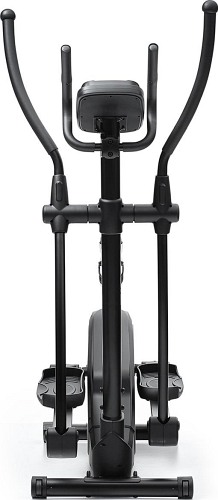
One difference here, however, is that eachĭirectory contains a sub-directory with the engine name. Stylesheets directories which, again, you should be familiar with due to their Within the app/assets directory, there are the images and We'll look more into models in a future section, when we're writing the engine. Jobs, mailers, models, and views directories that you should be familiar withįrom an application. Inside the app directory are the standard assets, controllers, helpers, Important parts about namespacing, and is discussed later in the Mailers, jobsįinally, routes will also be isolated within the engine. Similar to the model namespacing, a controller called ArticlesController becomesīlorgh::ArticlesController and the views for that controller will not be atĪpp/views/articles, but app/views/blorgh/articles instead. Model is namespaced, becoming blorgh_articles, rather than simply articles. Instead be namespaced and called Blorgh::Article. To bin/rails generate model, such as bin/rails generate model article, won't be called Article, but What this isolation of the namespace means is that a model generated by a call

Without it, classes generated in an engine It is highly recommended that the isolate_namespace line be left Isolate_namespace, the engine's helpers would be included in an application's One of the examples of such conflicts is helpers. Into the application, causing unwanted disruption, or that important engineĬomponents could be overridden by similarly named things within the application. Without this, there is a possibility that the engine's components could "leak" Their own namespace, away from similar components inside the application. Responsible for isolating the controllers, models, routes, and other things into The isolate_namespace method here deserves special notice. The engine to the load path for models, mailers, controllers, and views. Inside the application, performing tasks such as adding the app directory of There's an engine at the specified path, and will correctly mount the engine Module Blorgh class Engine < :: Rails :: Engine isolate_namespace Blorgh end end Copyīy inheriting from the Rails::Engine class, this gem notifies Rails that For the "blorgh" example, you will need toĬreate a "mountable" engine, running this command in a terminal:
Iconsole plus route generator#
To generate an engine, you will need to run the plugin generator and pass it Meet them, don't forget to say thanks! 2 Generating an Engine Piotr Sarnacki, the Rails Core Team, and a number of other people. To see demonstrations of other engines, check outĪuthentication for its parent applications, orįinally, engines would not have been possible without the work of James Adam, Only be enhancing it, rather than changing it drastically. Has final say in what goes on in its environment. It's important to keep in mind at all times that the application shouldĪlways take precedence over its engines. Along with this, controllers, modelsĪnd table names are also namespaced. This means that anĪpplication is able to have a path provided by a routing helper such asĪrticles_path and use an engine that also provides a path also calledĪrticles_path, and the two would not clash. Will be working solely within the engine itself, but in later sections you'llĮngines can also be isolated from their host applications. ThisĮngine will provide blogging functionality to its host applications, allowingįor new articles and comments to be created. The engine that will be created in this guide will be called "blorgh". "full plugins" simply as "engines" throughout. We'll actually be using the -mountable option here, which includesĪll the features of -full, and then some.

Rails (as indicated by the -full option that's passed to the generatorĬommand). The difference is that an engine is considered a "full plugin" by The two share a common libĭirectory structure, and are both generated using the rails plugin new Engines andĪpplications also share a common structure.Įngines are also closely related to plugins. Just with subtle differences, as you'll see throughout this guide. Therefore, engines and applications can be thought of as almost the same thing, A Rails application is actually just a "supercharged"Įngine, with the Rails::Application class inheriting a lot of its behavior Engines can be considered miniature applications that provide functionality to


 0 kommentar(er)
0 kommentar(er)
